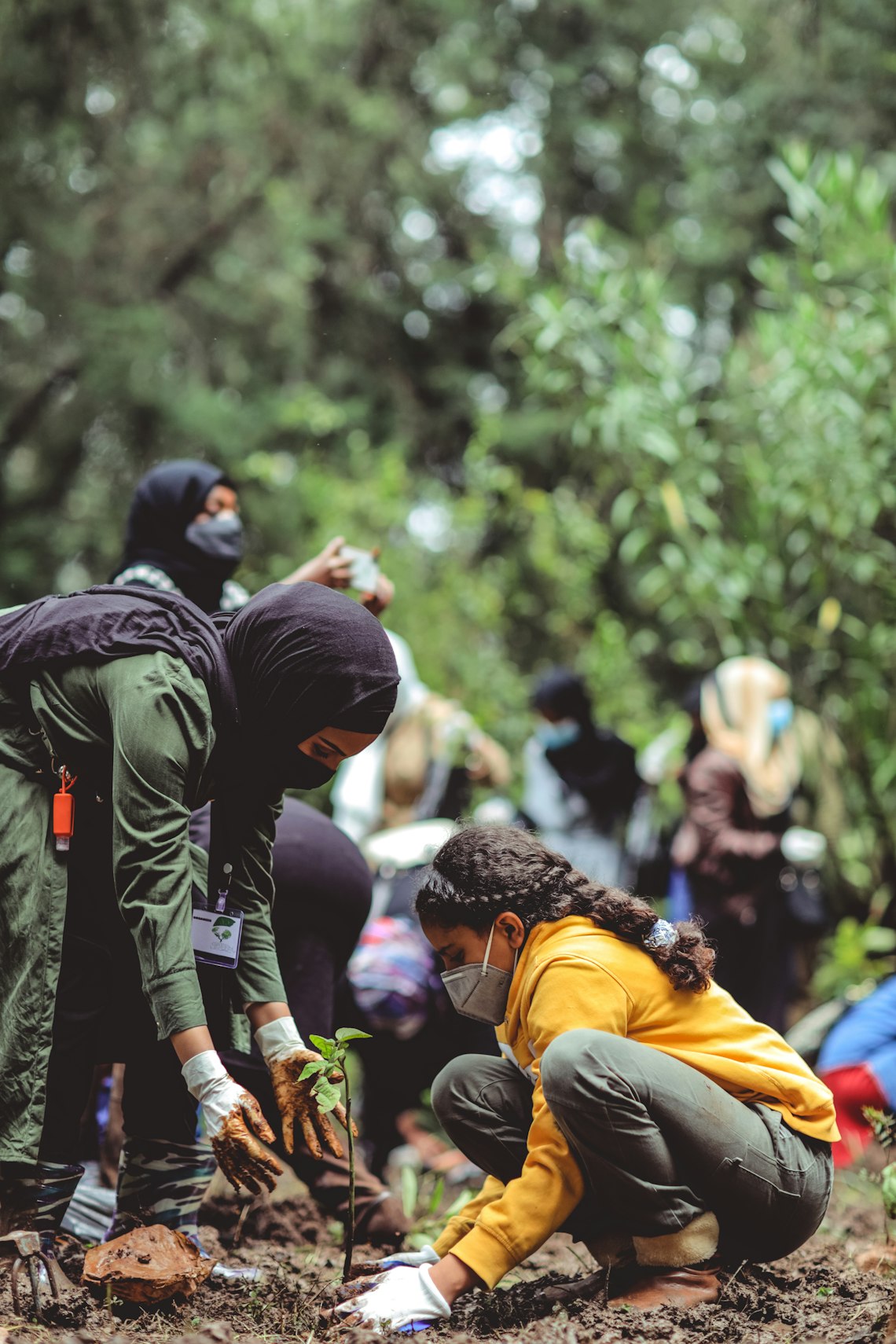Once a towering presence in North America's eastern woodlands, chestnut trees have long been considered a forgotten food source. The majestic chestnut, rich in nutrition and history, is making a resurgence as efforts to restore this iconic tree gain momentum. Spearheaded by ecologists and passionate advocates, these efforts focus on tree restoration, blight resistance, and the integration of chestnuts into food forests.
The Historical Significance of Chestnut Trees
Chestnut trees were once abundant, dominating forests from Maine to Mississippi. Revered for their fast growth, resistance to rot, and versatility, these trees were an integral part of life for both wildlife and humans. The nuts provided a staple food, while the wood was prized for its strength and durability.
The Blight That Changed It All
In the early 20th century, a fungal blight decimated chestnut populations, devastating ecosystems and communities reliant on this resource. Understanding blight resistance has become critical in the fight to revive chestnut trees. Researchers are exploring genetic methods and hybridization to create resilient strains that can withstand future threats.
Reviving Chestnut Trees: A Path to Sustainability
Today, efforts to restore chestnut trees are multifaceted. Not only do they focus on breeding blight-resistant varieties, but they also emphasize the importance of integrating these trees into modern food forests and forest farming systems. This integration supports biodiversity, soil health, and carbon sequestration.
Benefits of Chestnuts in Food Forests
Incorporating chestnut trees into food forests offers numerous advantages:
- Provides a sustainable food source rich in carbohydrates and essential nutrients.
- Enhances soil quality and prevents erosion.
- Supports diverse plant and animal communities in forest ecosystems.
Food forests that include chestnuts not only regenerate the land but also reconnect communities with traditional food systems.
From Restoration to Resilience
As the mission to restore chestnut trees gathers pace, it showcases how ecological resilience can be achieved through thoughtful tree restoration. Partnerships between scientists, conservationists, and landowners empower these restoration efforts, creating robust model systems for forest farming and sustainable agriculture.
Expanding the Effort
To support chestnut restoration, individuals can join local reforestation efforts, promote research on blight resistance, and plant chestnut seedlings in community gardens. Organizations focused on conservation can facilitate connections and provide resources to boost these initiatives.
Looking Forward: The Chestnut’s Future
The revival of chestnut trees is more than a nostalgic endeavor; it’s a step towards sustainable land management and ecological restoration. By championing blight-resistant varieties and embracing innovative practices like forest farming, we can ensure the legacy of chestnuts endures for future generations.
From forgotten food source to a pillar of ecological health, chestnut trees symbolize resilience and renewal, making their restoration a crucial chapter in our planet’s recovery story.




